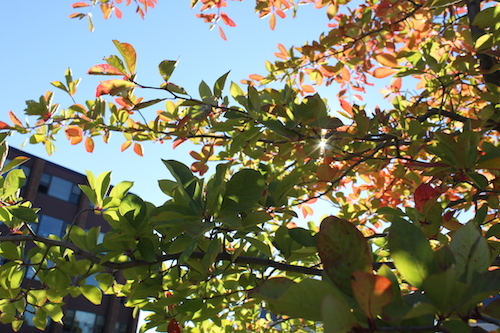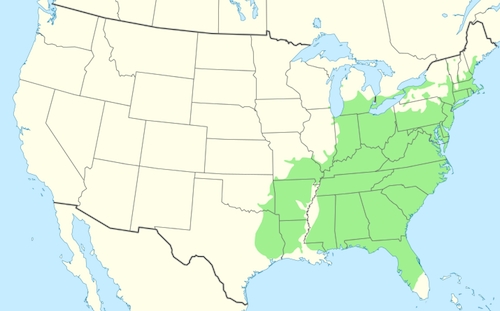Black Tupelo : Overview
by Lily Nguyen
Black tupelo (two-puh-low), sourgum, Pepperidge, tupelogum, black gum…these are all names for the Nyssa Sylvatica. But which one is it? Which name is it exactly? It really depends on where you’re from. Many people like to call it sourgum as a counterpart to another tree species, the sweetgum (Liquidambar Styraciflua). Others think the color or the “gum” parts of the name are important to assert. At Martha’s Vineyard, this tree is referred to “beetlebung” because of its material use as a hammer in order to hammer “bungs” or stoppers into barrels.
There are only four species of Nyssa in the United States, and UVM campus has two – one of which is the Nyssa Sylvatica. Vermont is on the northern edge of its distribution. Most of these trees on campus are planted, whereas the naturally growing ones are located in the Colchester Bog.
The gum/tupelo trees belong in the dogwood/cornaceae family. The scientific name comes from a couple different sources. Nyssa is Greek and refers to water nymph while the species epithet Sylvatica refers to woodland habitat. Tupelo comes from the Native American word for tupelois. This word is made from “creek” words “ito” meaning tree and “opilwa” meaning swamp. Naturally it makes sense how Nyssa Sylvatica was given this name because it’s a tree more often found on the borders of swamps and low wetlands.
Nyssa Sylvatica is commonly divided into two varieties of the black gum: black tupelo and the swamp tupelo. Its designation depends on the types of soils and water sources the individual trees reside in and near.



